
In the world of slime making, the term ‘slime activator’ is a crucial one. A slime activator is essentially a substance that brings the glue together, forming a gummy and fun texture that we know and love as slime.
The science behind slime activation is engaging and straightforward. When the activator is added to a slime base, typically glue, it creates cross-links between the polyvinyl alcohol chains in the glue, resulting in a material that flows more slowly and mimics the behavior of a solid. Despite this solid-like behavior, slime is still, technically, a liquid since it takes the shape of the container it is placed in.
This fascinating semi-solid state makes slime an incredibly versatile and fun substance for both kids and adults alike.
Exploring Common Slime Activators
Some common slime activators are explained below:
Borax Powder: A Classic Choice
Borax powder is one of the most traditional activators for making slime. It is widely used and easily accessible, making it the first choice for many slime enthusiasts. To make slime with borax, follow the instructions in the Borax Slime Recipe and Video.

Saline Solution: A Versatile Alternative
If Borax powder is not your first choice, you might want to consider the saline solution. It’s a versatile activator that not only can be used to create conventional slime but also fluffy slime. Here are our recommended recipes – Saline Solution Slime Recipe and Fluffy Slime Recipe with Saline Solution.

Liquid Starch: The Detergent Approach
Another effective slime activator is liquid starch, which works as a binding agent for the slime. The detergent approach offers a different sensory experience. For a step-by-step guide, check out the Liquid Starch Slime Recipe and Video.

Eye Drops or Eye Wash: Unconventional Activators
Last but not least, for those who prefer an unconventional approach, eye drops or eye wash can be used as activators. This is a great alternative for those who may be sensitive to other activators.

Making Slime Without Activator
Creating slime without an activator opens up a world of texture and creativity. Here are some exciting and unique ways to make slime without the need for an activator:
Gummy Bear Slime
Gummy Bear Slime is a sweet and fun way to get creative. This slime uses the gelatinous consistency of melted gummy bears instead of the traditional activator.
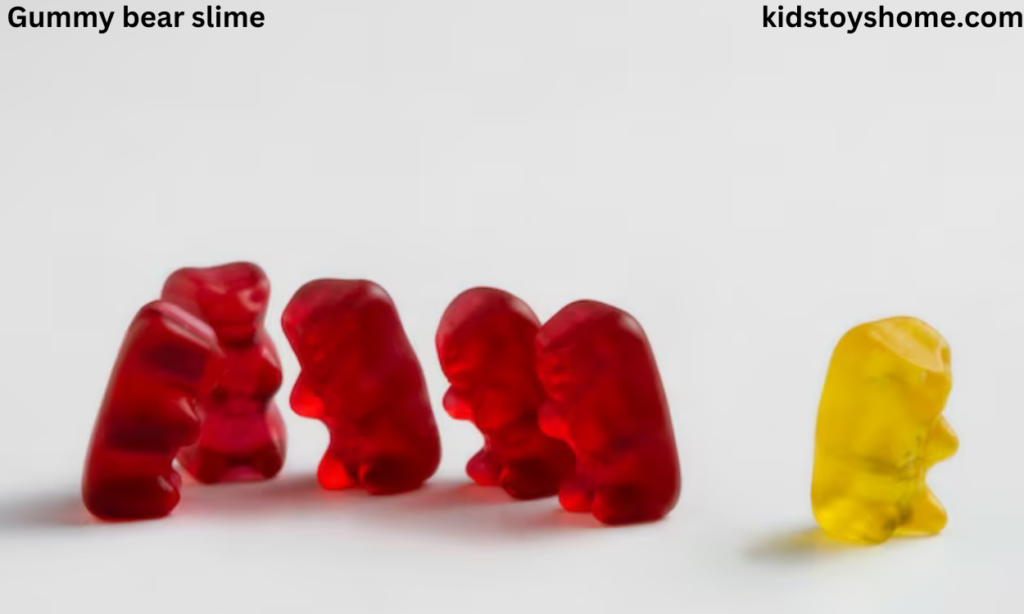
Chia Seed Slime
Chia Seed Slime is an interesting approach to slime-making. The chia seeds, when soaked in water, create a gel-like substance that acts as a natural activator.

Fiber Slime
Fiber slime is a healthful take on slime. The natural binding properties of dietary fiber supplements, when mixed with PVA glue and water, create a squishy and stretchy slime.
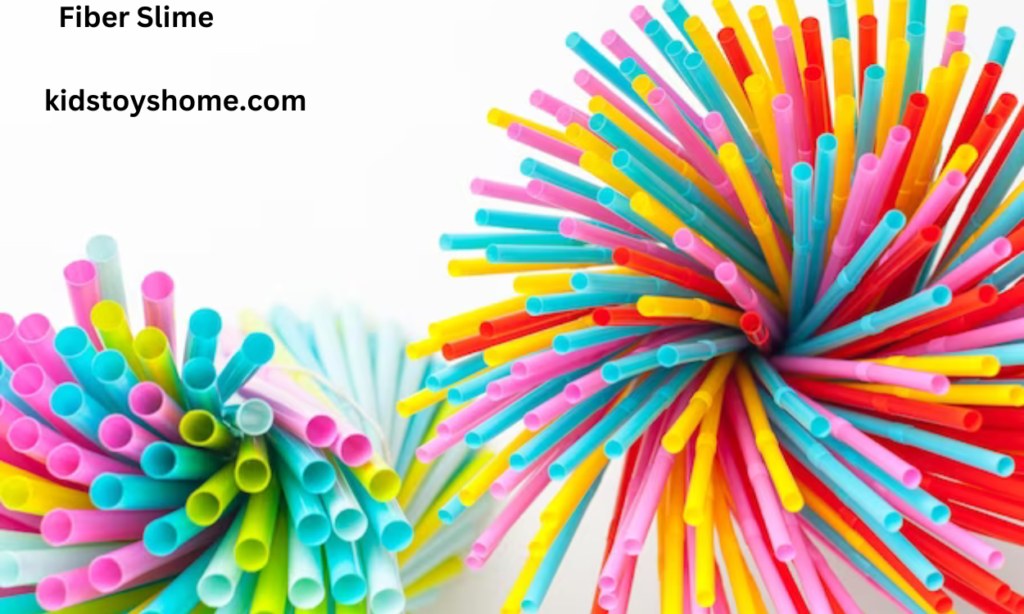
Jello Slime
Jello Slime is both vibrant and aromatic. The gelatin in Jello acts as an activator, and you can choose your favorite flavor for a sensory treat.
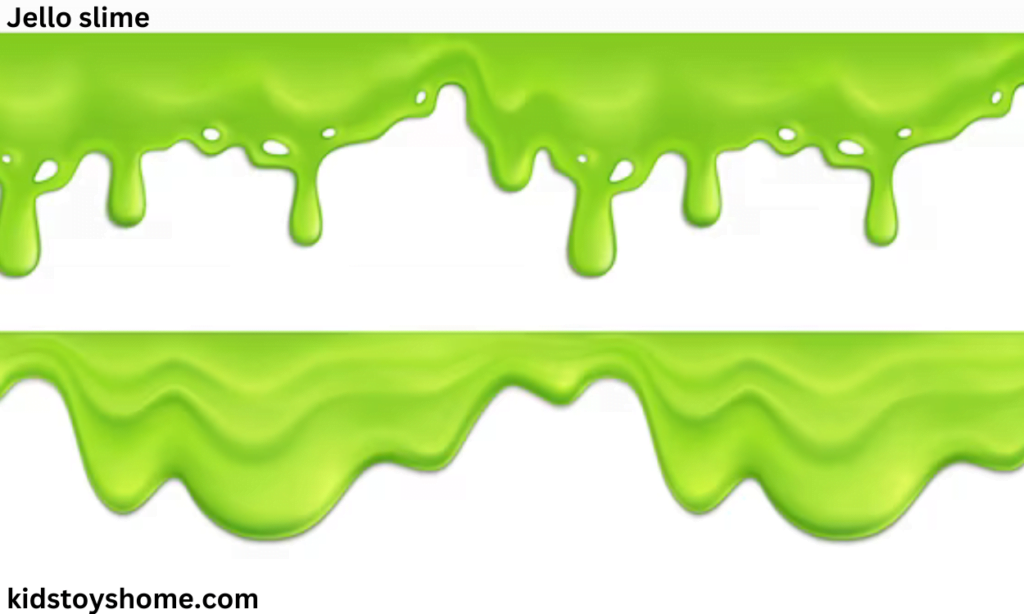
Jiggly No Glue Slime
This slime variant does not require glue or an activator. It’s made using water, gelatin, and heat to create a jiggly result.
Marshmallow Slime
Marshmallow Slime uses the gooeyness of melted marshmallows to create a fluffy and stretchy slime.
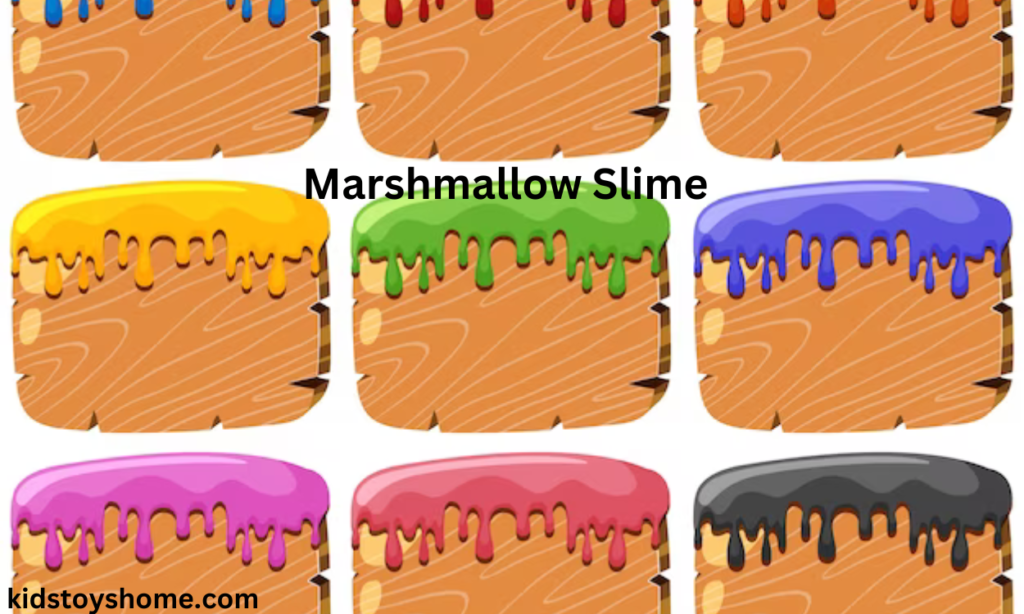
Peeps Slime
Another sweetly inspired slime, Peeps Slime uses marshmallow candy as a base for a pastel, sugary slime.
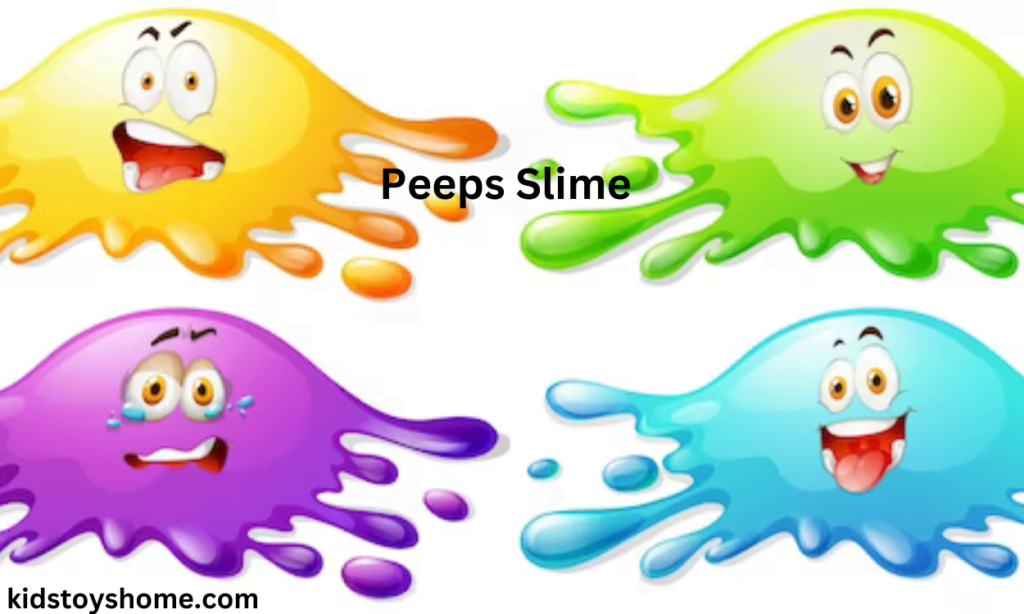
Remember to always supervise young children while making and playing with slime to ensure
Creating Borax-Free Slime Activators
Slime activators don’t always necessitate the use of borax, a substance that has been linked with potential health hazards. Fortunately, there are safe, borax-free alternatives available for making slime activators at home.
Exploring Alternatives
One of the most popular and easily accessible alternatives is baking soda and contact lens solution. The contact lens solution has borate ions, which perform the same activating function as borax. Another alternative is liquid laundry detergent, which forms a stretchy consistency when mixed with glue.
DIY Slime Activator Without Borax
Creating a DIY slime activator without borax is a straightforward process. All you need is half a teaspoon of baking soda and one tablespoon of contact lens solution. Mix these ingredients with a cup of glue to form the perfect borax-free slime. Remember, it is always essential to ensure the safety of ingredients used, particularly when this fun activity involves children.
The Best Slime Activators for Beginners
Slime activators are an essential component in creating the perfect slime consistency. For beginners, it’s important to understand the best options available. The most common and easily accessible slime activators are borax, saline solution, and liquid starch. Borax is one of the most popular options due to its power and versatility.
However, caution must be exercised when using borax, as it can be harsh when not properly diluted. Saline solution and liquid starch are gentler alternatives to borax and are equally effective in activating slime.
Navigating the Options
Choosing the right slime activator boils down to personal preference and the availability of resources. If you want a strong activator and don’t mind a bit of extra work, borax is a great choice. For a more convenient option, saline solution is readily available in most stores. Liquid starch is also a good choice, especially if you’re looking for a no-fuss activator that doesn’t require any mixing or dilution.
Printable Slime Recipes Ultimate Guide
To assist you in your slime-making journey, we have curated an ultimate guide of printable slime recipes. This guide includes detailed instructions for using each type of slime activator, along with tips and tricks to achieve the perfect consistency. Whether you prefer using borax, saline solution, or liquid starch, our printable guide has got you covered. Stay tuned for the link to the guide at the end of the article.
Crafting Fun with Different Slime Recipes
Creating various types of slime can be an entertaining and educational activity for kids. Here are some exciting slime recipes that you can try at home.
Oobleck for Kids
Oobleck is a non-Newtonian fluid that behaves both as a liquid and a solid. Kids will find it fascinating to observe and play with. It’s simple to make with just cornstarch and water.

Butter Slime
Butter slime has a smooth and buttery texture, hence the name. It requires some additional ingredients like clay and lotion, but the end product is worth the effort.
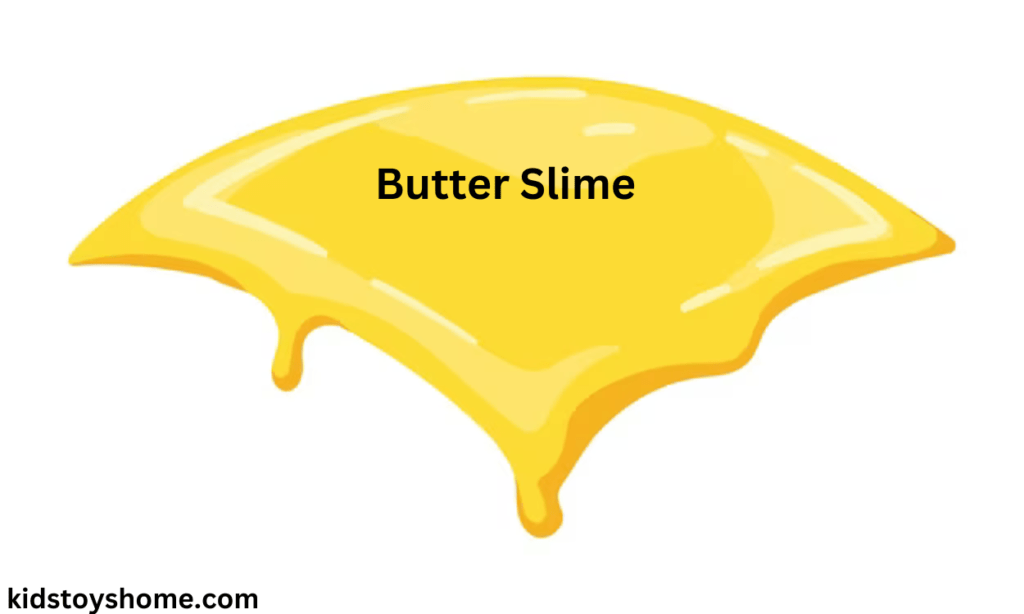
Color Changing Silly Putty
A little more advanced, color-changing silly putty introduces kids to the concept of thermochromic materials. The key ingredient here is thermochromic pigment, which changes color with heat.
Elmer’s Glue Slime
A classic recipe, Elmer’s glue slime is easy to make and requires only a few ingredients: glue, baking soda, and contact lens solution.
Homemade Silly Putty
Creating your silly putty is a fun and rewarding experience. You just need liquid starch and glue to start crafting this playful substance.
Marshmallow Slime
Kids with a sweet tooth will love marshmallow slime! Made with marshmallows, powdered sugar, and cornstarch, this edible slime is a fun culinary experiment.
Snow Slime with Instant Snow
With the addition of instant snow powder to your basic slime recipe, you can create a cool, snow-like texture, perfect for winter-themed activities. Just remember, while it may look like snow, it’s not cold or wet!
Getting Creative with Slime
Slime is a fantastic medium for fostering creativity, and the opportunities for innovation are endless. Whether you’re a novice or a slime pro, you can always experiment with new recipes and variations to keep the activity fresh and exciting.
Additional Slime Recipes and Variations
For those who wish to venture beyond the basic slime recipe, consider trying the following variations:
- Glitter Slime: Add some sparkle to your slime by incorporating glitter. You can use any color of your choice and mix it into your slime after adding the activator.
- Fluffy Slime: Create a softer, fluffier texture by adding shaving cream to your slime mix. This not only alters the texture but also adds volume to the slime.
- Scented Slime: Make your slime smell delightful by adding a few drops of essential oils. Lavender oil can be a great choice for a calming effect.
- Glow-in-the-Dark Slime: Use glow-in-the-dark paint in your slime recipe for an exciting twist. Perfect for Halloween or just for fun!
Remember, the key to making great slime lies in the activator, so ensure you follow the guide on how to make the perfect activator for your slime. Experiment with these variations and have fun getting creative!
Resources and Further Reading
Interested in diving deeper into the world of slime-making? Here are some resources that can help you on your journey.
Where to Buy Slime Activator
Slime activator, a crucial ingredient for making slime, is widely available both online and in local craft stores. Websites such as Amazon and Walmart offer a range of slime activators that cater to different slime textures and preferences.
Printable Slime Recipe Cards
For those who prefer a hard copy of recipes or enjoy collecting them, printable slime recipe cards are a great resource. Websites like Pinterest offer printable cards that not only provide recipes but also include helpful tips and tricks for creating the perfect slime.
Craft Projects and Ideas for Slime Enthusiasts
Broaden your horizons and get creative with your slime by exploring different craft projects and ideas. Websites such as DIY Network offer numerous slime-based craft projects that can add a fun, artistic twist to your slime-making process. From slime-filled ornaments to slime stress balls, the possibilities are endless.





